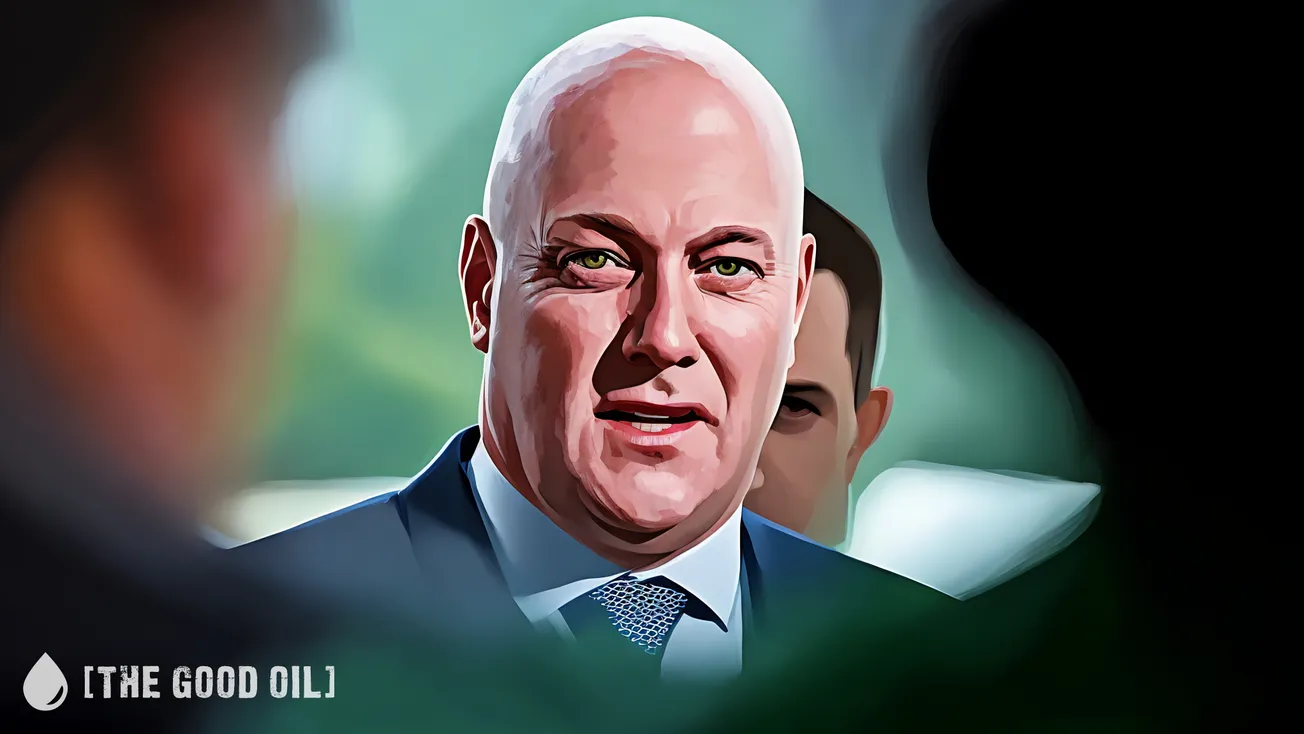Andrew Moran
Economics editor at LibertyNation.com. Andrew has written extensively on economics, business and political subjects for the last decade. He also writes about economics at the Epoch Times and financial markets at FX Daily Report. He is the author of The War on Cash. You can learn more at AndrewMoran.net.
House Republicans presented a message to both President Joe Biden and President Volodymyr Zelensky: The US government cannot keep writing blank checks to Ukraine. While taxpayer-funded money for Kyiv represents a small percentage of the overall budget, lawmakers on both sides of the aisle have routinely approved new funding measures to help the Ukrainian military fight against the Russian invasion. But the seemingly never-ending spending spree in Eastern Europe has led to multiple questions from the American people: How much is enough? Will the US continue to fund the proxy war? What does victory even look like?
Dollars and Cents in Ukraine
In 2022, the US government approved expenditures of $133 billion on financial, humanitarian and military aid and assistance to Ukraine. This is equal to nearly $900 per household – and the number will keep growing in 2023. As economist and author David Henderson recently opined, “That’s a lot to fight someone else’s war” nearly 5,000 miles away.
The Congressional Research Service (CRS) published a Jan 26 report that looked at the tens of billions of dollars in security assistance and foreign military financing packages to Ukraine since 2014. These funds have included High Mobility Artillery Rocket Systems, Stinger anti-aircraft systems, Javelin anti-armor systems and communications and intelligence equipment. Considering that Zelensky and other government officials have demanded even more support, experts think it is safe to firmly expect that Washington will continue sending money to Ukraine as long as the military conflict persists.
What about accountability? This is what the House Committee on Oversight and Accountability is attempting to find out. Rep James Comer (R-KY) and his Republican colleagues are requesting federal government agencies, including the Department of Defense, the State Department and the US Agency for International Development (USAID), to offer documents and information pertaining to this taxpayer money to ensure there is no abuse, fraud or waste.
“Providing security and humanitarian assistance for warfighting and reconstruction purposes comes with an inherent risk of fraud, waste and abuse,” GOP lawmakers wrote in a Feb 22 letter to Secretaries Antony Blinken and Lloyd Austin. “The United States must identify these risks and develop oversight mechanisms to mitigate them. We learned from efforts in Afghanistan that the World Bank does not always have effective monitoring and accounting of funds, and often lacks transparency.”
Corporations Save Ukraine?
But while Ukraine is swimming in US tax dollars, what about private sector capital? Last year, Zelensky’s government launched a program to attract upwards of $400 billion in foreign investment for the national economy, from clean energy to natural resources. The leadership has conceded that this might be “the greatest opportunity in Europe since World War Two”.
In December, Ukrainian Deputy Minister of Economy Oleksandr Gryban told an audience at the Ukrainian Infrastructure Forum that the country would “become one of the best in the world in terms of opportunities for investors” after the war is over. “We must act quickly – and in this case, the experience and expertise of the private sector in project management should come to the rescue,” he stated.
One year after the Ukraine-Russia crisis started, an increasing chorus of corporations and international organizations announced new funding initiatives in Kyiv. The private investment arm of the World Bank – the International Finance Corporation – initiated a $2 billion support package for the nation’s private sector. Nestle confirmed a $43 million production facility in Ukraine. In addition, billionaire and millionaire investors have donated hundreds of millions of dollars to the Ukraine Green Growth Initiative, which is projected to climb to $100 billion.
In order to manage this money, Zelensky hired global $8 trillion asset manager BlackRock to coordinate investment in rebuilding Ukraine’s market. The financial institution will allocate capital to multiple sectors of the nation’s economy. “BlackRock FMA will advise the MoE on establishing a roadmap for the investment framework’s implementation, including identifying design choices for the envisioned setup, structure, mandate and governance,” the company said in a statement.
More to Come
As part of efforts to generate woke points on Twitter and increase their ESG (environmental, social, and governance) scores on Wall Street, corporate titans will announce new funding campaigns and business investments in Ukraine. President Joe Biden recently said in Poland that Ukrainian flags fly from homes across the United States. Soon, corporations will drape their logos and headquarters in blue and yellow and pour green into state coffers. For a European economy that only cracked the $200 billion GDP once, the post-war reconstruction will be the most prosperous time in the nation’s history. And pockets will certainly be filled in the years to come.










